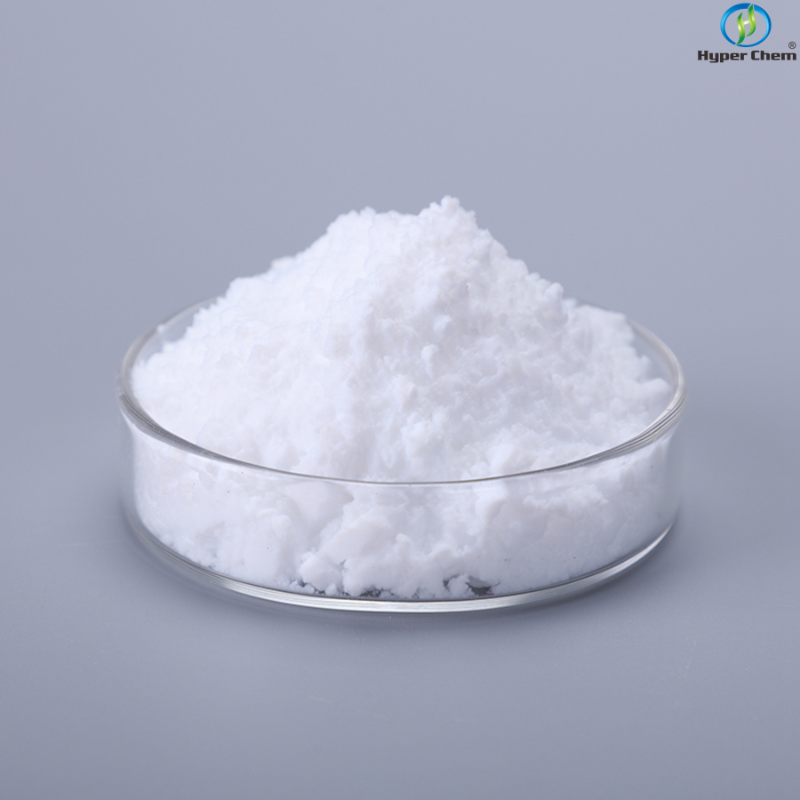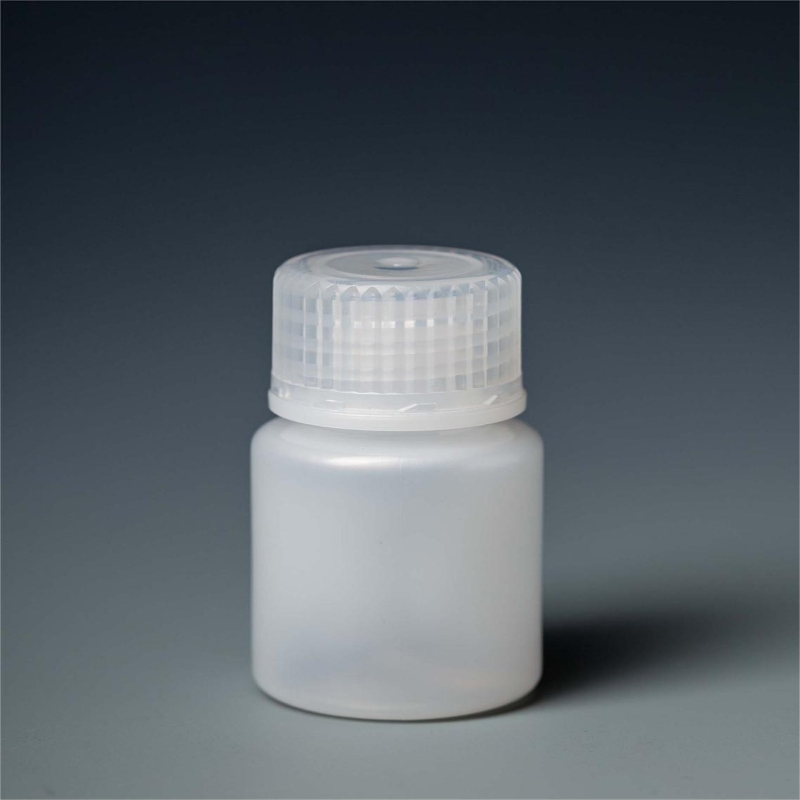In June Nature magazine had to look at a study of the heavyweight highlights.
-
Last Update: 2020-08-01
-
Source: Internet
-
Author: User
Search more information of high quality chemicals, good prices and reliable suppliers, visit
www.echemi.com
time is always fleeting, in a flash as June draws to a close, and in the coming June, what are the highlights of Nature magazine to study? Small editor of the relevant articles have been organized, with you to learn!
Picture Source: Nature.
Nature: Chinese scientists isolated SARS-CoV-2-specific neutral antibodies from patients! doi: 10.1038/s41586-020-2381-ydoi: 10.1038/s41586-020-z 2019 coronavirus disease (COVID-19) caused by SARS-CoV-2, is currently a global health emergency, and preventive preventive treatment drugs and vaccine mitigation vaccines are currently in urgent need of treatment. Antibodies are one of the effective drugs for the treatment of COVID-19, there are many
clinical trials
are using the recovery of patients' serum treatment, but this method is difficult to mass production, while the number of antibodies in the patient's serum, the specificity is uncertain, so the effect is unknown. Therefore, finding SARS-CoV-2-specific neutral antibodies from these recovered patients is critical for the next step in the development and mass production of therapeutic antibodies. On May 26, Nature magazine published two new studies by Chinese scientists that isolated SARS-CoV-2-specific high-active neutral antibodies from patients. One of the studies, entitled "A human neutral neutral antibody targets the weight s the weight site of SARS-CoV-2", was completed by Yan Jinghua team of the Institute of Microbiology of the Chinese Academy of Sciences, Gao Fu team, Wang Qihui team and the Wuhan Virus Institute of the Chinese Academy of Sciences, the National Institute of Disease Control and Prevention, Beijing Ditan Hospital and other institutions. In the study, the researchers reported the separation of two specific human monoclonal antibodies (MAbs) from a recovery-period PATIENT of COVID-19: CA1 and CB6. The researchers found that CA1 and CB6 showed strong SARS-CoV-2 specific neutrality in vitro sars-CoV-2. In addition, IN prevention and treatment settings, CB6 can inhibit SARS-CoV-2 infection in rhesus monkeys. Further structural studies have shown that CB6 can identify the epitopes of angiotensin conversion enzyme 2 (ACE2) binding sites in the SARS-CoV-2 receptor binding domain (RBD), thus interfering with the interaction of viruses/receptors through spatial barrier and direct interface-residual competition. These results show that CB6 deserves further clinical research and transformation.another study, entitled "Human neutral neutralizing antibodies elicited by SARS-CoV-2 infection", was completed by the team of Zhang Linxuan of Tsinghua University School of Medicine and Zhang Zheng of the National Center for Clinical Medicine of Infectious Diseases, and Wang Xinquan, a team of students from Tsinghua University's School of Life Sciences and the High-Level Innovation Center for Structural Biology. SARS-CoV-2 entry into the target cell relies on the binding between the receptor binding domain (RBD) and ACE2 cell receptors of the viral sting protein. For the study, the researchers reported the separation and identification of 206 RBD-specific monoclonal antibodies from a single B cell in eight SARS-CoV-2 infected people. The researchers identified effective anti-SARS-CoV-2 neutralizing and active antibodies associated with the competitiveness of ACE2 binding RBD.2
Nature: The gut microbiome or prognosticof patients with amyotrophic lateral sclerosis : 10.1038/s41586-020-2288-7 a recent study published in the international journal Nature, from Harvard University and others By studying a new type of intestinal-brain connection in the neurodegenerative disease mytrophic lateral sclerosis (ALS), and by studying mice with common ALS gene mutations, the researchers found that using
antibiotics
or fecal transplants to alter the intestinal microbiome or suppress disease symptoms that improve the body.research results may help explain why certain individuals carry alS-induced mutations, and microbiome researchers may be able to develop a possible therapeutic approach. Researcher Kevin Eggan said: 'In this study, we focused on the most common mutant genes in the body of ALS patients, and found that the same mouse model (the same
genetic
characteristics) may show significantly different health outcomes under different experimental facility conditions;3)
Nature: Heavyweight! Scientists have successfully mapped 17,795 structural mutations in the sequenced human genome! : 10.1038/s41586-020-2371-0 , scientists from the United States, Finland and other countries have mapped structural variations in 17,795 sequenced human genomes in a study published in the international journal Nature.As the researchers point out, one of the main purposes of scientists' genome-wide sequencing of large populations is to learn more about
genetic
mutations that can be pathogenic, benign, or ambiguous;4)
Nature: Heavyweight! Scientists have successfully developed a human embryonic model using
human embryos
stem cells!: 10.1038/s41586-020-2383-9 , scientists from the University of Cambridge and other institutions have developed a new model to study early development in humans by studying the use of embryonic
stem cells
. The model, similar to some key elements of an 18-21-day-old embryo, helps researchers observe the underlying processes of human body formation that have never been directly observed before, and understanding these processes can help researchers uncover the causes of defects and diseases born in humans, while also being able to conduct relevant tests in pregnant women.this plan or body blueprint is started through a process called "protomy embryo formation", in which the embryo forms three different layers of cells, which will then be transformed into the body's main system, that is, the outer embryo layer will form the nervous system, the midembryo layer can form muscles, and the inner embryo layer can form the intestine. The protointestinal stage is often referred to as the "black box" of human development because the legal restrictions prohibit the cultivation of human embryos in the laboratory after the 14th day, a process that begins on the 14th day and is set at the stage where the embryo cannot form twins.many birth defects originate in the black box period, the causes of alcohol, drugs, chemicals and infections, in-depth understanding of the human primary intestinal events during the molecular events can also help solve many medical problems, including infertility, abortion and
genetic
diseases. 'The model we developed could produce a part of the human blueprint,' said researcher Professor Alfonso Martinez-Arias, who used human embryos
stem cells
to produce a three-dimensional assembly module called gastruloids, which can then be differentiated into three layers, similar to the one planned by the early human body. Nature: Revealing a new molecular mechanism for DNA in an extracellular trap network of neutrophils to promote cancer metastasis through special protein molecules doi: 10.1038/s41586-020-2394-6 recently published in the international journal Nature, "DNA" In a study by scientists from Sun Yat-sen University in China and other institutions, scientists from the university revealed how DNA in neu-granulocyte extracellular traps promotes cancer metastasis through CCDC25 protein molecules.neutrophil extracellular trapping network (NETs) consists of chromatic DNA filament strucine structures that are encased in granulocytes that can be released by neutrophils to trap microorganisms;the study, researchers found that NETs had higher levels of liver metastasis in
breast cancer
and colon cancer patients, while NETs in patients' serums could help predict the development of early breast cancer intelligence and liver metastasis, and that NET-DNA might act as a chemochemical factor to attract cancer cells, rather than just play a trapping role;
Picture Source: Nature. 6
Nature: Tumor metabolites block DNA repair! The reason is that local chromosomal signals are disturbed! doi: 10.1038/s41586-020-2363-0at the end of the 19th century, chromosomal abnormalities detected in the mirror revealed a large-scale genomic instability that led to chromosomal abnormalities in certain types of cancer. Soon after, biochemist Otto Warburg observed that tumor cells tended to use different glucose and energy metabolic pathways than normal cells. We now know that genomic instability and metabolic changes are two common features of most tumor cells. Genomic instability has been studied since its discovery; metabolic changes have only recently been rediscovered as a research area. But so far, the interaction between the two processes in cancer treatment has not been reported. In an article published June 4 in the journal Nature, Sulkowski et al. revealed how several metabolites accumulated in
tumor
cells inhibitED DNA repair, revealing a direct link between metabolic changes and genomic instability caused by DNA damage.mutations in genes that encode isiscitate dehydrogenase 1 and 2 (IDH1 and IDH2) cause cells to accumulate high levels of metabolites of 2-hydroxypyrite (2-HG). Mutations occur in genes that encode yanhussoacid hydase and semacid dehydrogenase, causing cells to accumulate high levels of ejunic acid and semacid molecules, respectively. These three small molecules are often referred to as tumor metabolites because their accumulation promotes the development of
tumor
, which are structurally similar to the molecular alpha-ketone diacid (alpha-KG). This is an intermediate product in the Krebs cycle pathway, also as a component, called a common substrate, is a class of substances called alpha-KG/Fe(II) that rely on the bioxidase form to function.
: 11 European countries prevented the spread of SARS-CoV-2 blockade measures to prevent more than 3 million deaths doi: 10.1038/s41586-020-2405-7 according to a new model study, as most countries are taking strict measures to prevent the spread of sars-CoV-2, blocking the spread of about 31 million people in 11 European countries. The findings were published online June 8, 2020 in the journal Nature, with the title "Estimating the effects of the non-pharmaceutical interventions on COVID-19 in Europe". scientists at Imperial College Britain, who are advising the British government on the coronavirus, have found that restrictions such as a ban on outings have helped control the outbreak. Using data from 11 European countries provided by the European Center for Disease Control for the year to 4 May, they found that the number of deaths observed in those countries was compared with the number of deaths predicted by their models when restrictions were not imposed. They estimate that these policies averted the deaths of about 3.1 million people. The researchers also calculated that these interventions led to the number of --- of regenerations --- the number of people infected by an infected person--- fell by an average of 82 per cent to less than 1.0.
Nature significant progress! Redsiwe is effective for rhesus monkeys infected with SARS-CoV-2! d.
This article is an English version of an article which is originally in the Chinese language on echemi.com and is provided for information purposes only.
This website makes no representation or warranty of any kind, either expressed or implied, as to the accuracy, completeness ownership or reliability of
the article or any translations thereof. If you have any concerns or complaints relating to the article, please send an email, providing a detailed
description of the concern or complaint, to
service@echemi.com. A staff member will contact you within 5 working days. Once verified, infringing content
will be removed immediately.







